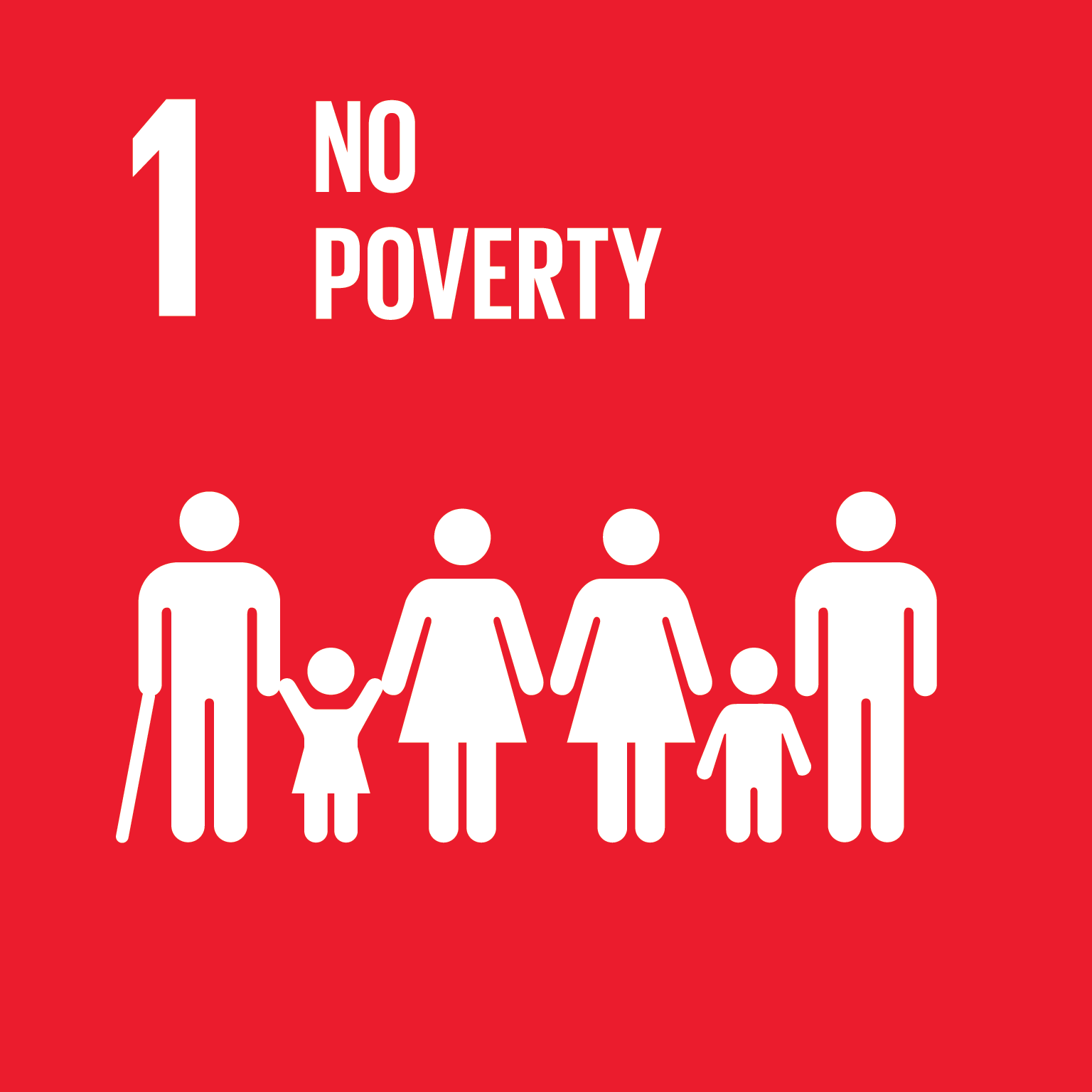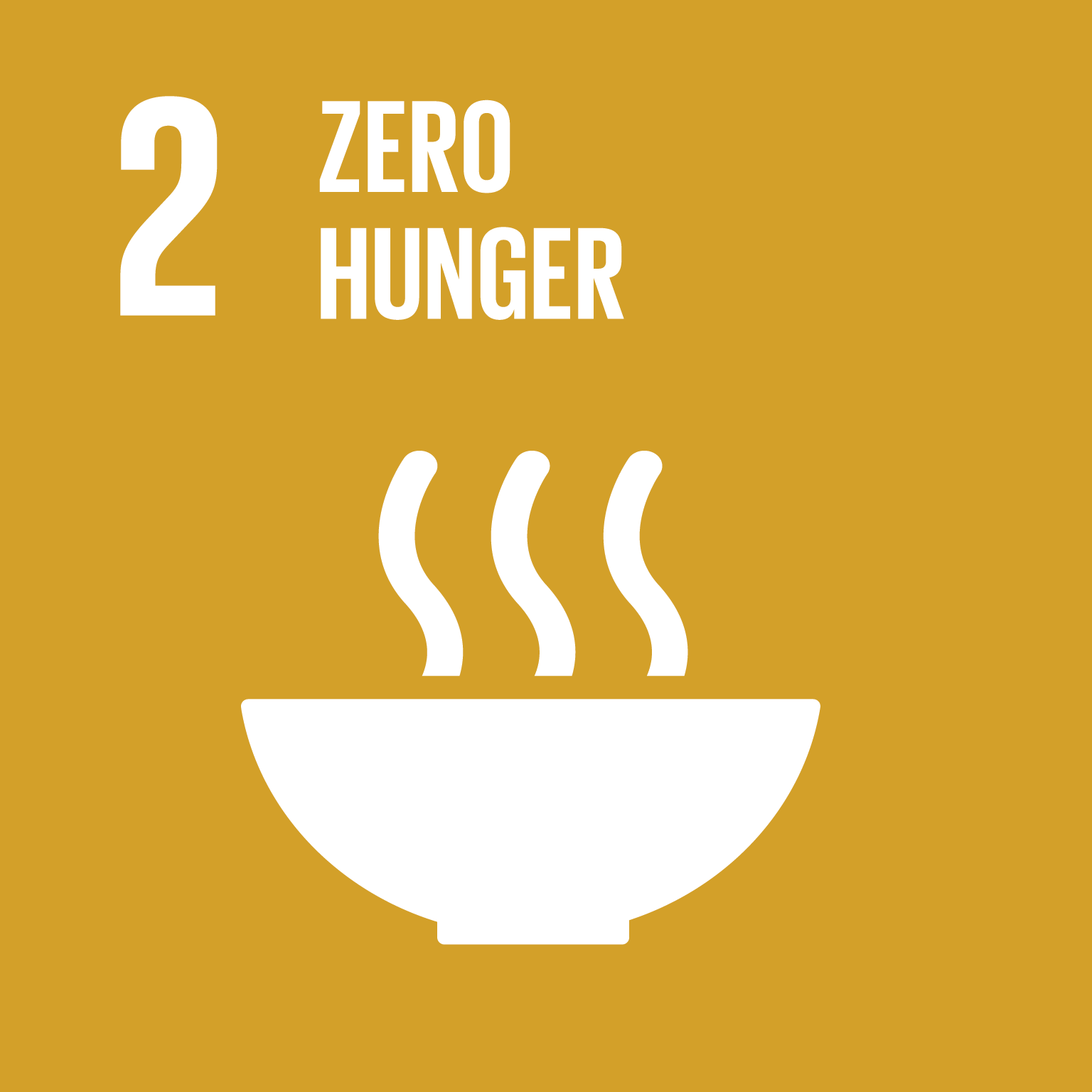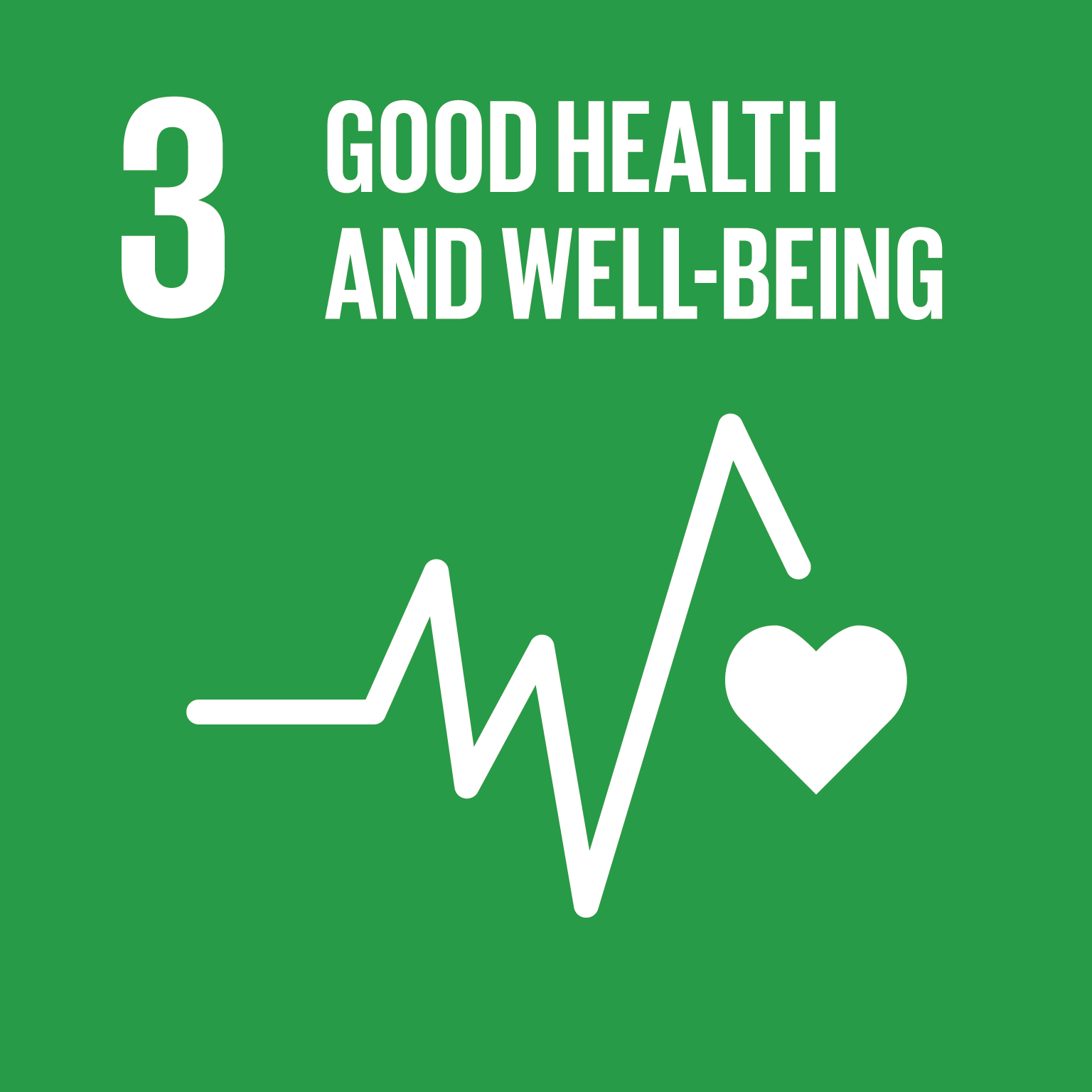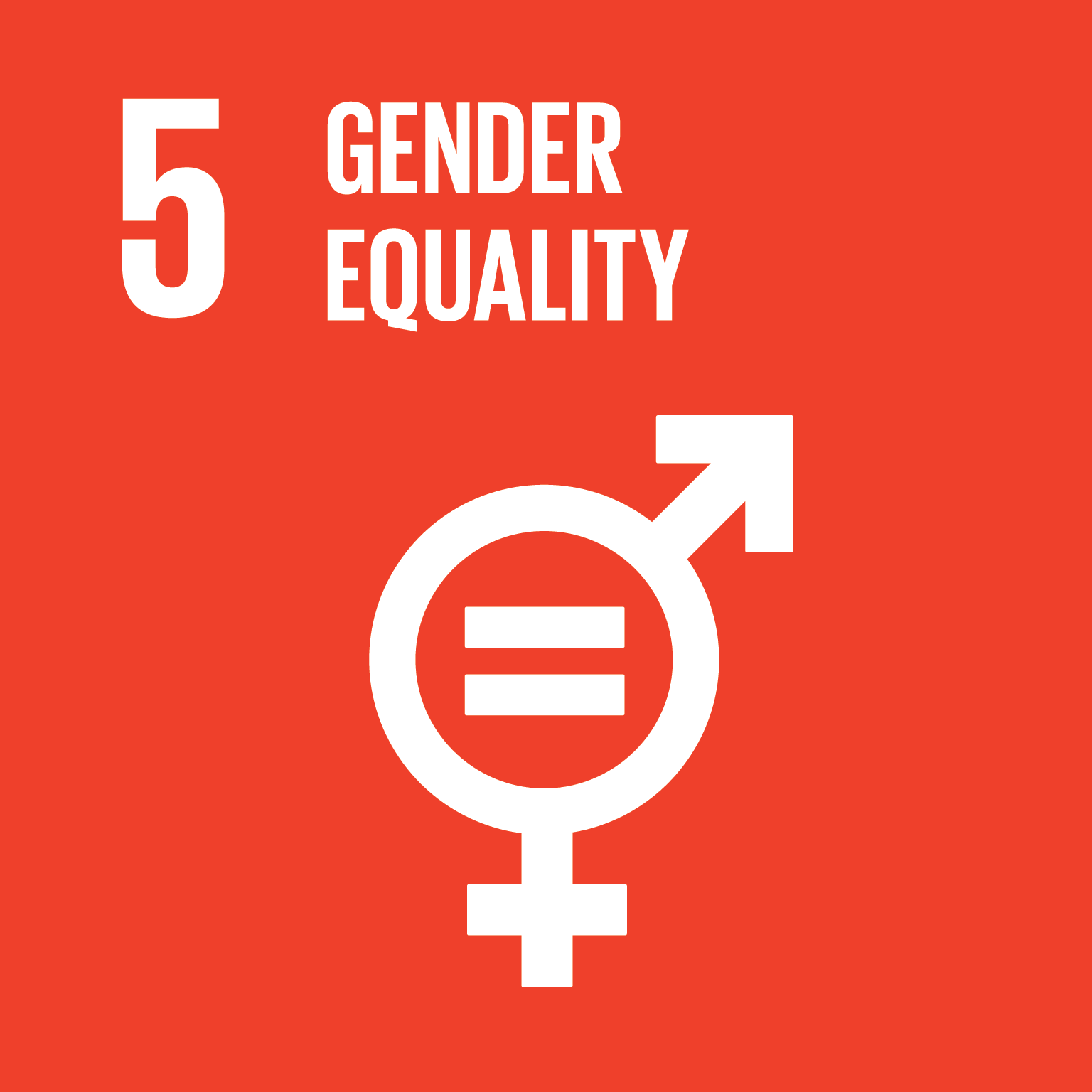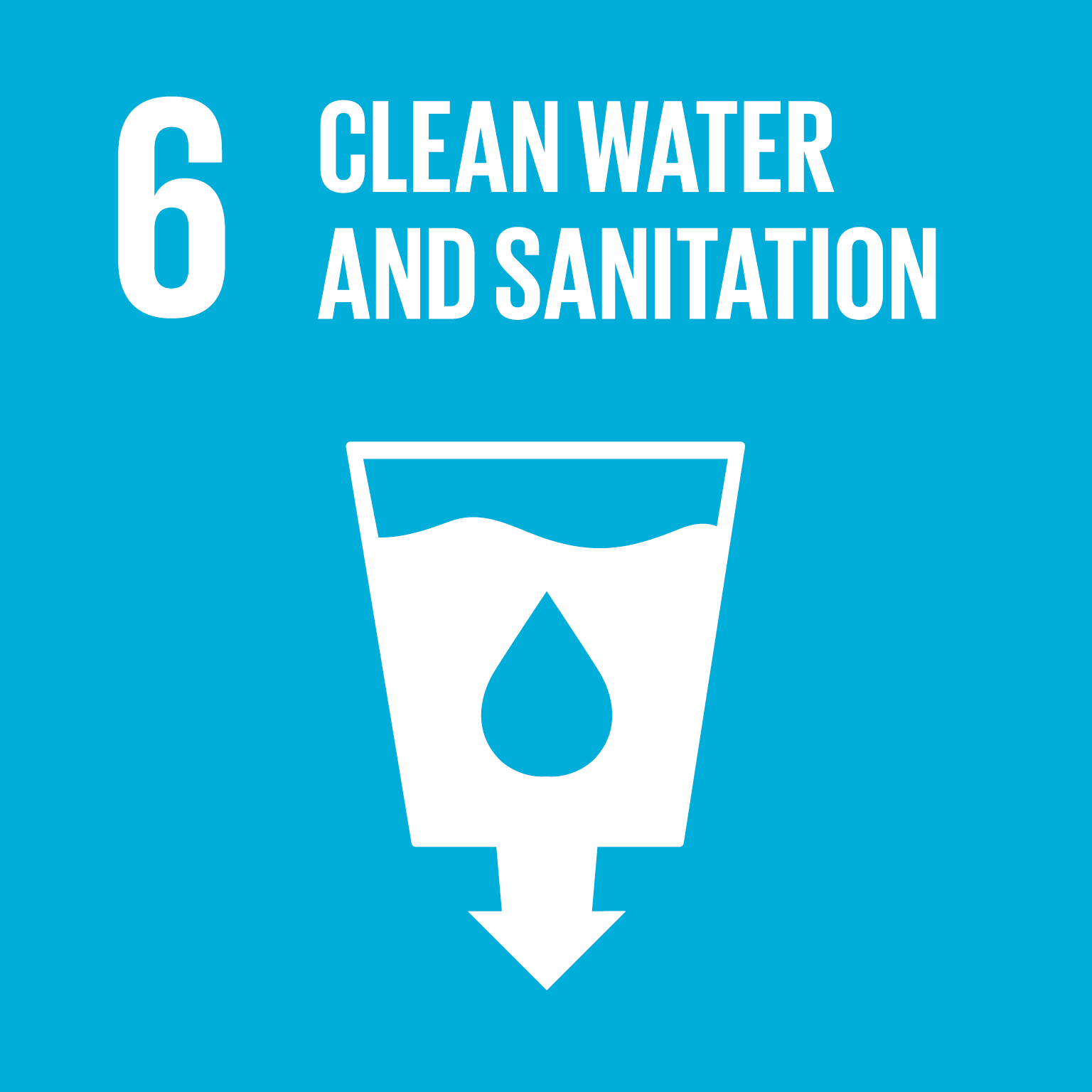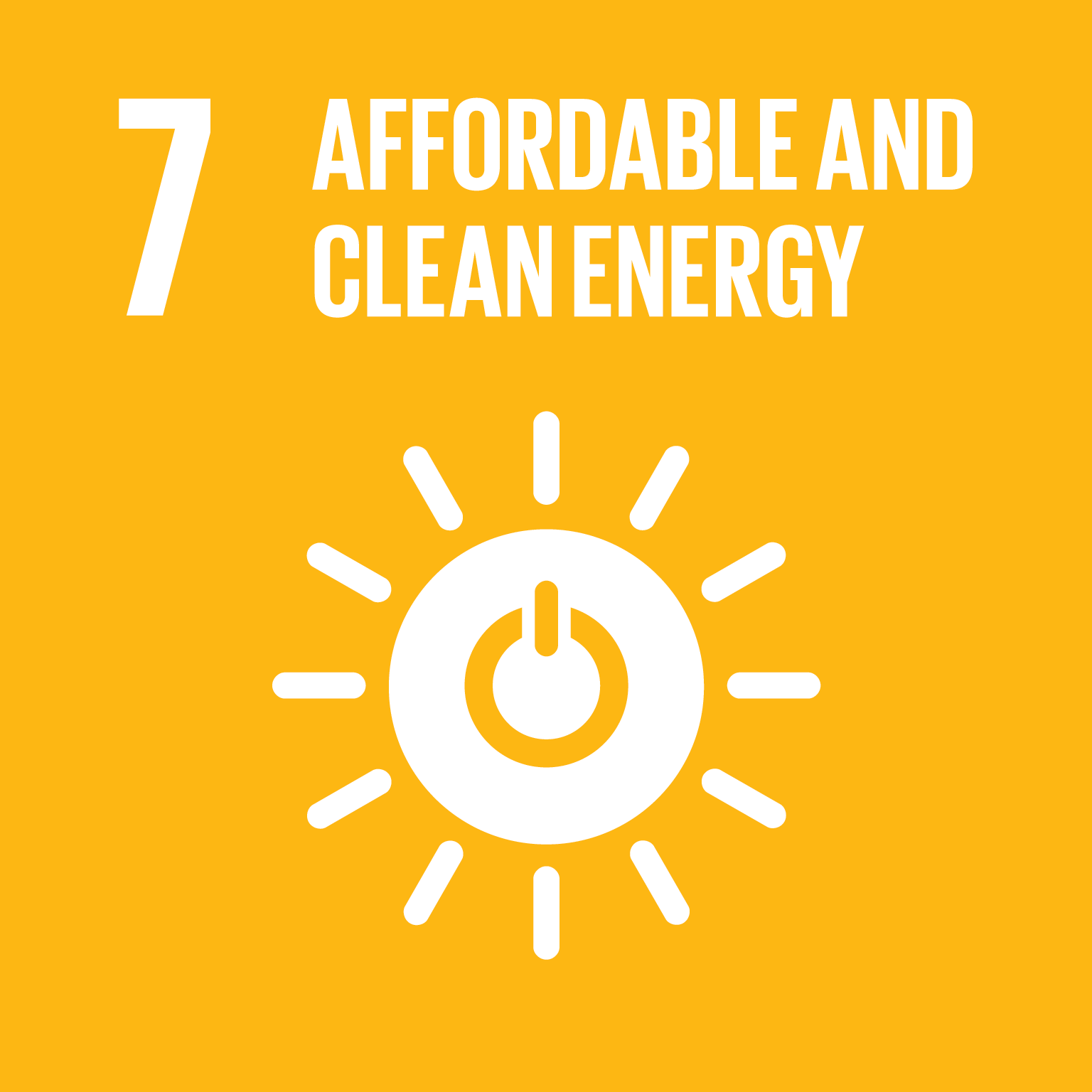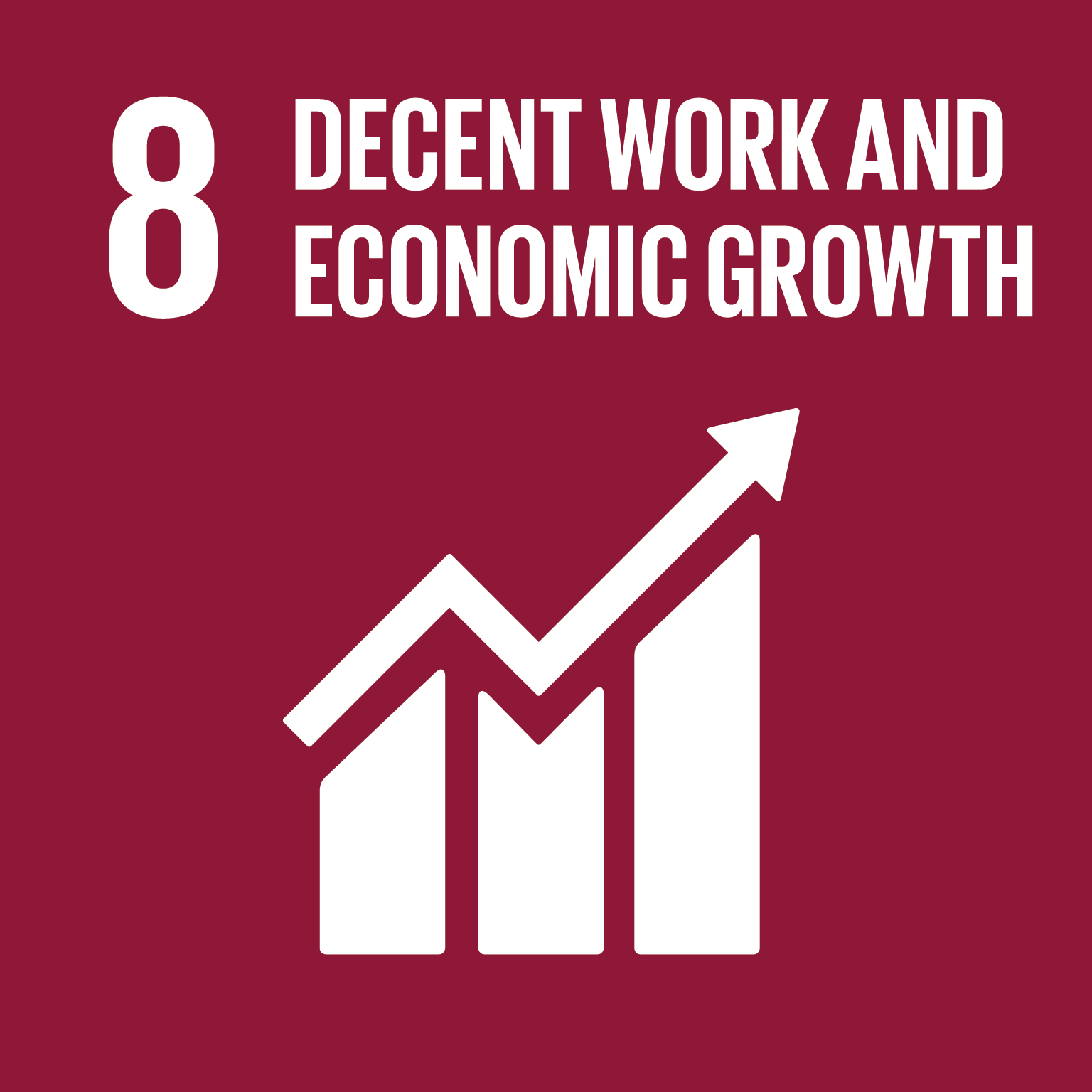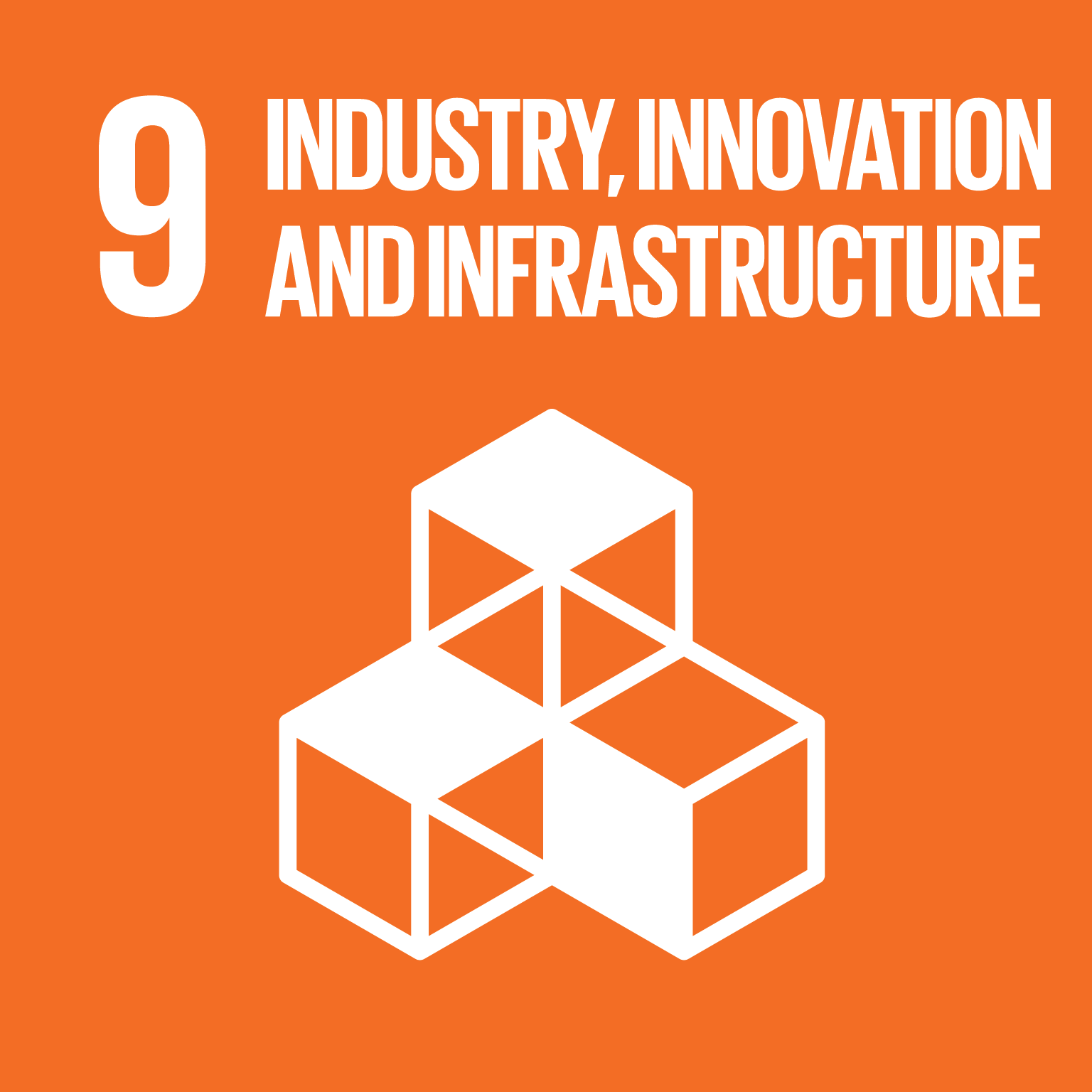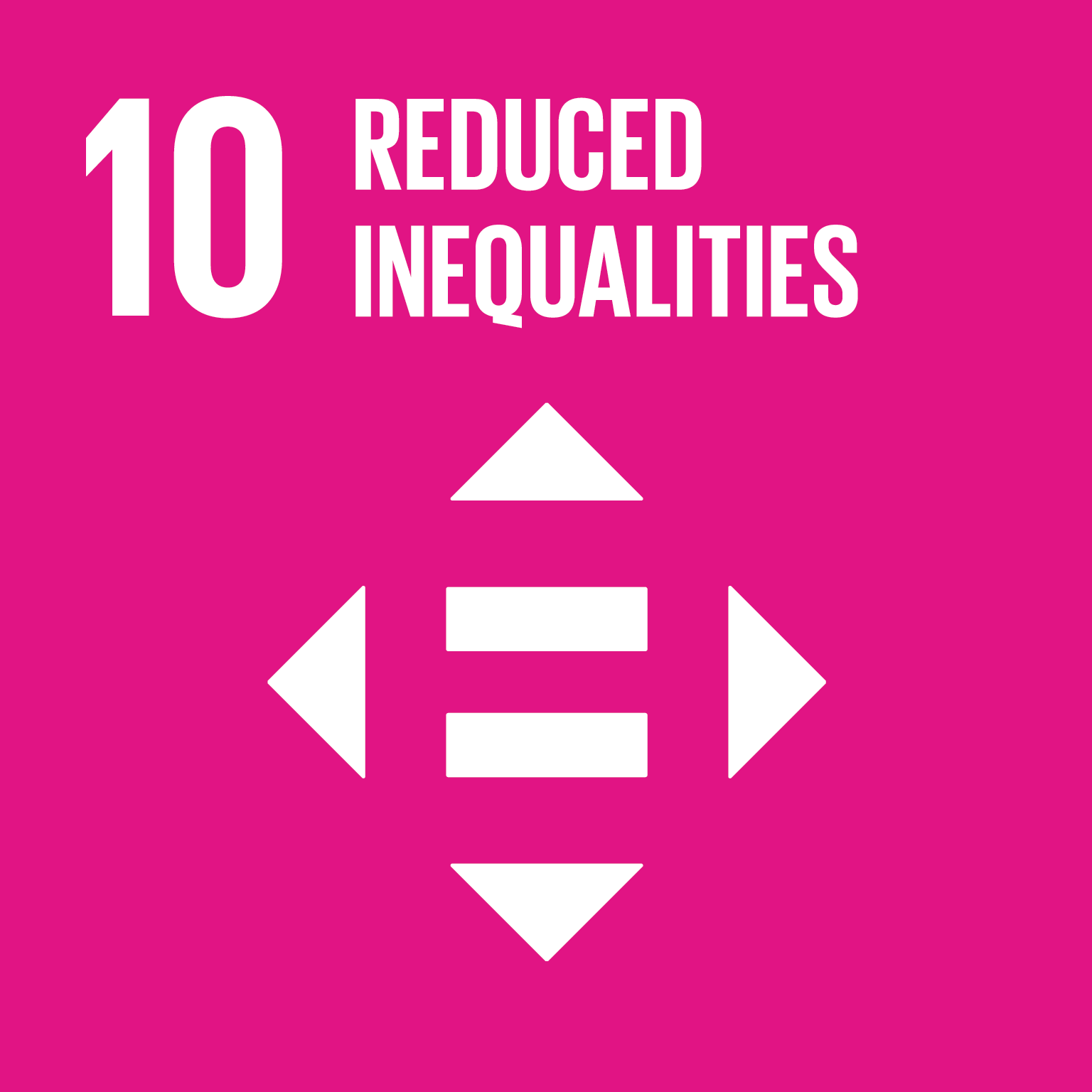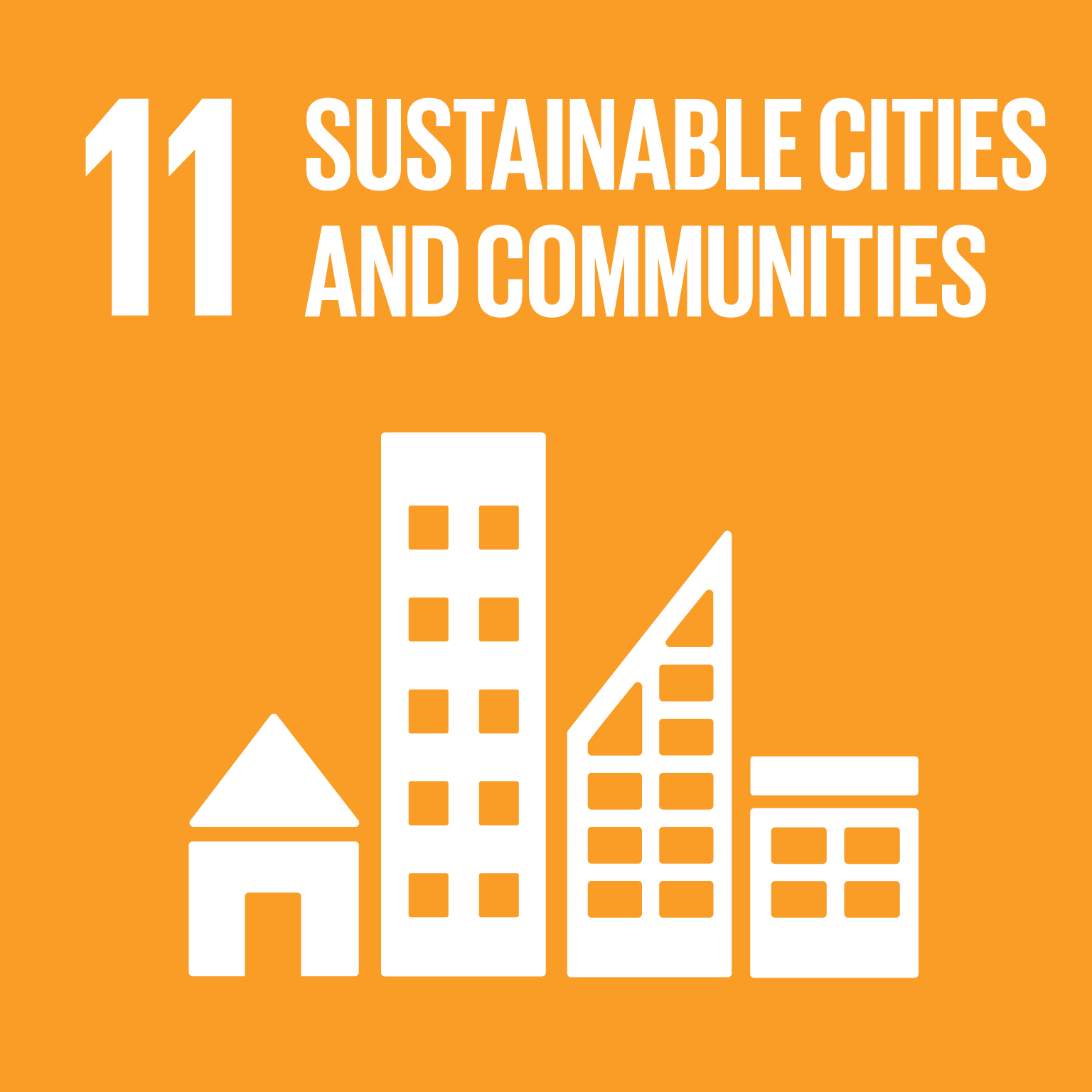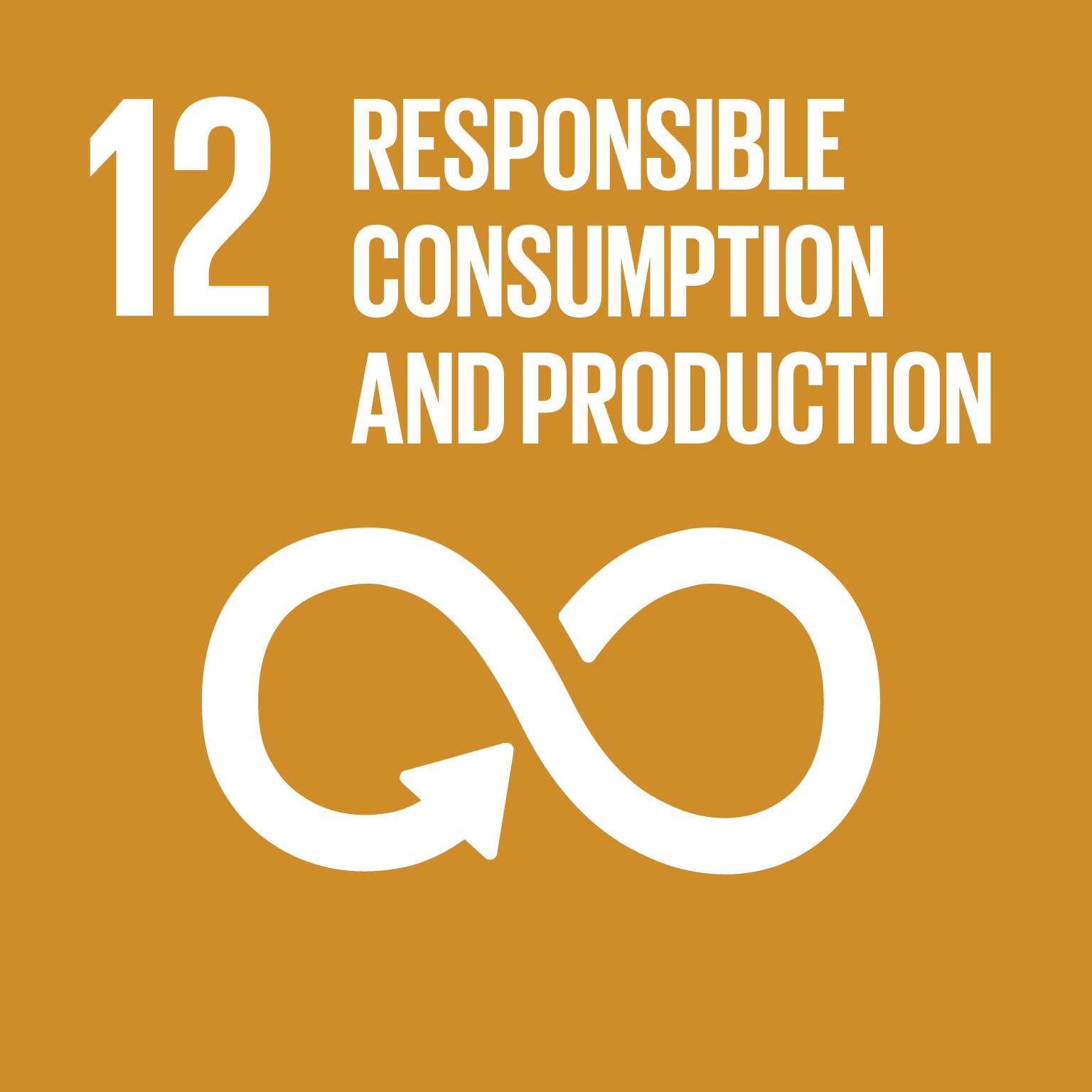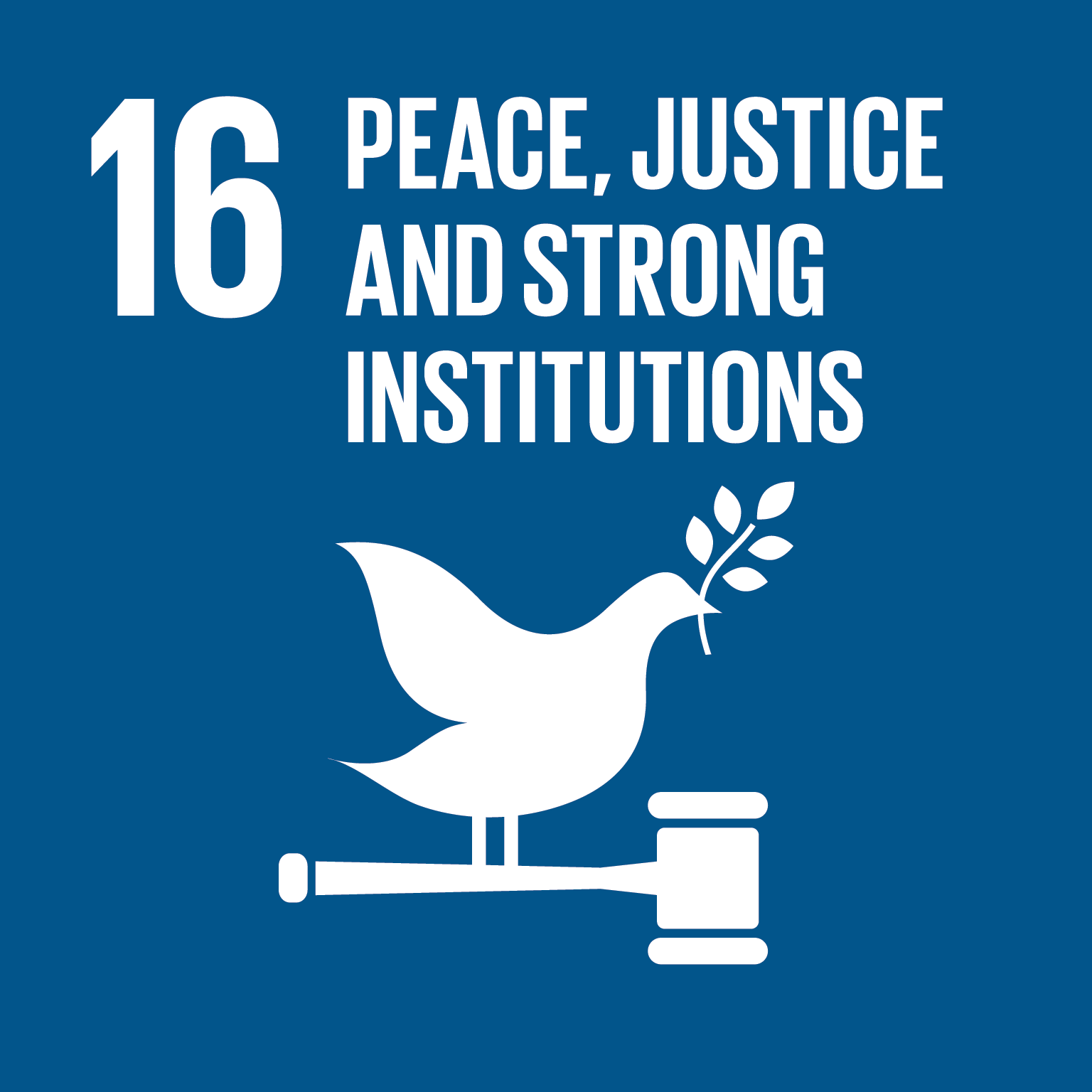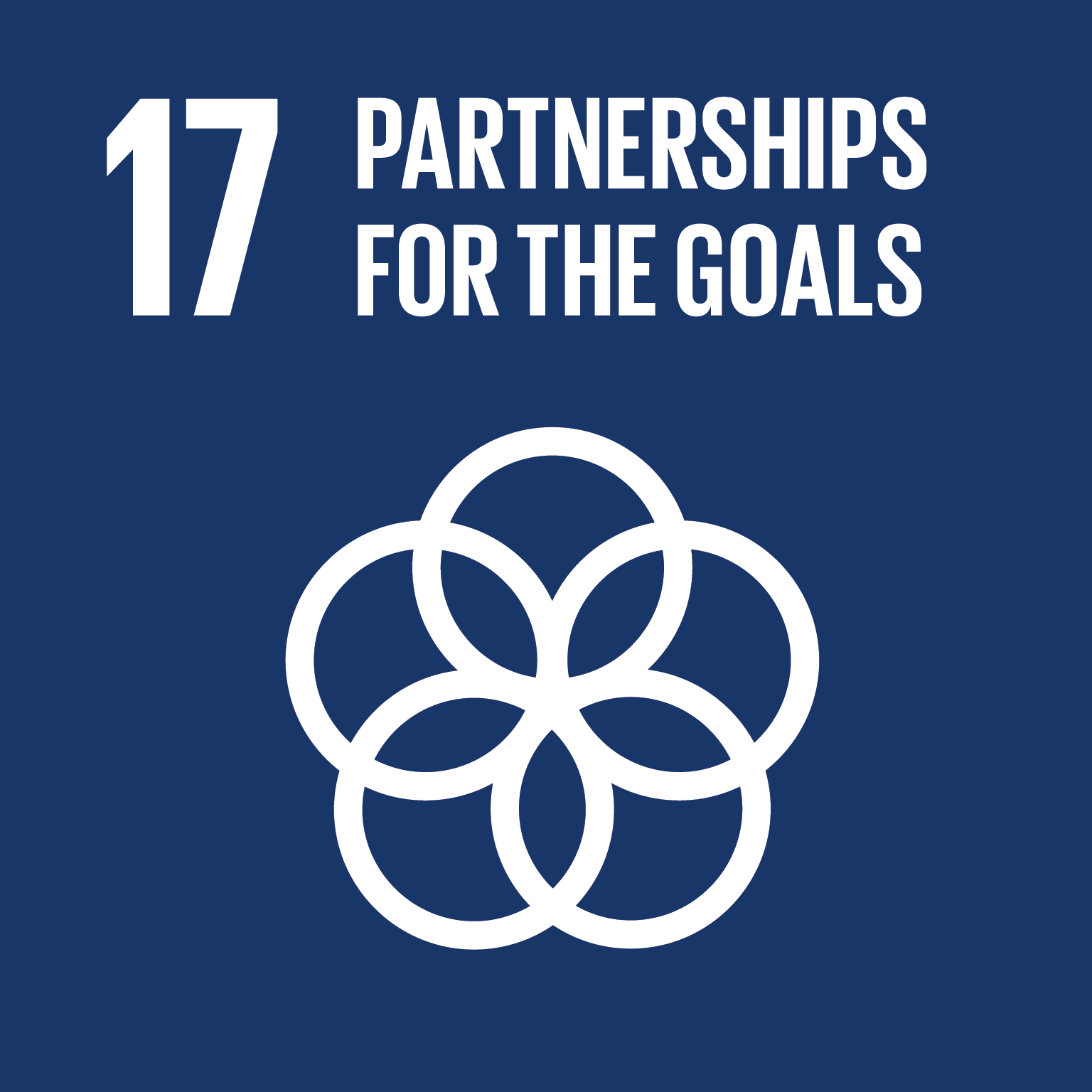Sustainable Development Goals - Overview
G11: Sustainable Cities And Communities
Make cities and human settlements inclusive, safe, resilient and sustainable
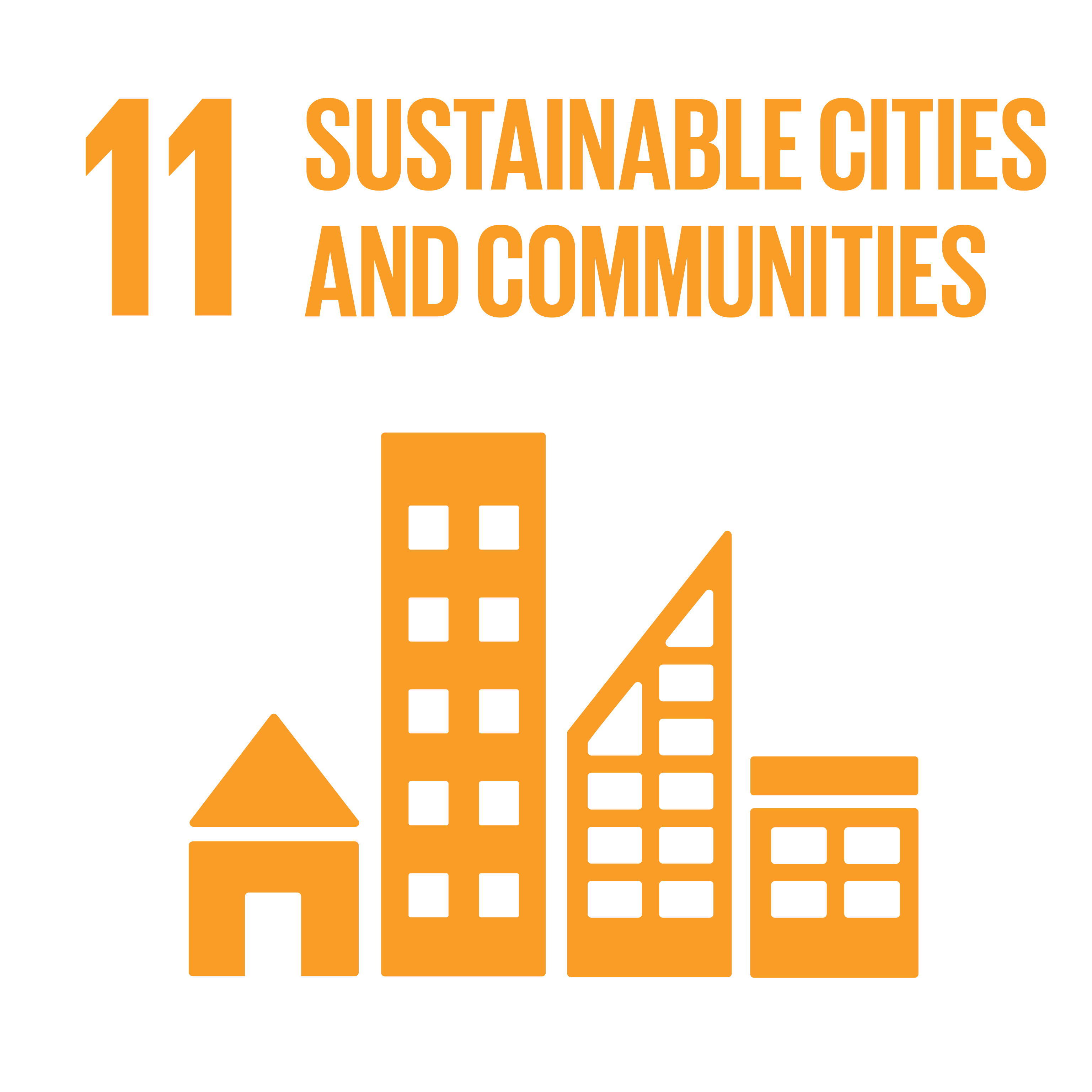
-
Target 11.1: By 2030, ensure access for all to adequate, safe and affordable housing and basic services and upgrade slums
-
Indicator 11.1.1: Proportion of urban population living in slums, informal settlements or inadequate housing Economic Environmental
-
-
Target 11.2: By 2030, provide access to safe, affordable, accessible and sustainable transport systems for all, improving road safety, notably by expanding public transport, with special attention to the needs of those in vulnerable situations, women, children, persons with disabilities and older persons Environmental
-
Indicator 11.2.1: Proportion of population that has convenient access to public transport, by sex, age and persons with disabilities Economic Environmental
-
-
Target 11.3: By 2030, enhance inclusive and sustainable urbanization and capacity for participatory, integrated and sustainable human settlement planning and management in all countries Environmental Governmental
-
Indicator 11.3.1: Ratio of land consumption rate to population growth rate Economic Environmental
-
Indicator 11.3.2: Proportion of cities with a direct participation structure of civil society in urban planning and management that operate regularly and democratically Governmental
-
-
Target 11.4: Strengthen efforts to protect and safeguard the world’s cultural and natural heritage Environmental
-
Indicator 11.4.1: Total expenditure (public and private) per capita spent on the preservation, protection and conservation of all cultural and natural heritage, by type of heritage (cultural, natural, mixed and World Heritage Centre designation), level of government (national, regional and local/municipal), type of expenditure (operating expenditure/investment) and type of private funding (donations in kind, private non-profit sector and sponsorship) Economic Environmental
-
-
Target 11.5: By 2030, significantly reduce the number of deaths and the number of people affected and substantially decrease the direct economic losses relative to global gross domestic product caused by disasters, including water-related disasters, with a focus on protecting the poor and people in vulnerable situations Environmental International Cooperation
-
Indicator 11.5.1: Number of deaths, missing persons and directly affected persons attributed to disasters per 100,000 population Environmental
-
Indicator 11.5.2: Direct economic loss in relation to global GDP, damage to critical infrastructure and number of disruptions to basic services, attributed to disasters Economic Environmental
-
-
Target 11.6: By 2030, reduce the adverse per capita environmental impact of cities, including by paying special attention to air quality and municipal and other waste management Social
-
Indicator 11.6.1: Proportion of urban solid waste regularly collected and with adequate final discharge out of total urban solid waste generated, by cities Social
-
Indicator 11.6.2: Annual mean levels of fine particulate matter (e.g. PM2.5 and PM10) in cities (population weighted) Social
-
-
Target 11.7: By 2030, provide universal access to safe, inclusive and accessible, green and public spaces, in particular for women and children, older persons and persons with disabilities Economic
-
Indicator 11.7.1: Average share of the built-up area of cities that is open space for public use for all, by sex, age and persons with disabilities Environmental Social
-
Indicator 11.7.2: Proportion of persons victim of physical or sexual harassment, by sex, age, disability status and place of occurrence, in the previous 12 months Environmental Governmental
-
-
Target 11.a: Support positive economic, social and environmental links between urban, peri-urban and rural areas by strengthening national and regional development planning
-
Indicator 11.a.1: Proportion of population living in cities that implement urban and regional development plans integrating population projections and resource needs, by size of city Environmental Governmental
-
-
Target 11.b: By 2020, substantially increase the number of cities and human settlements adopting and implementing integrated policies and plans towards inclusion, resource efficiency, mitigation and adaptation to climate change, resilience to disasters, and develop and implement, in line with the Sendai Framework for Disaster Risk Reduction 2015–2030, holistic disaster risk management at all levels Economic Social
-
Indicator 11.b.1: Number of countries that adopt and implement national disaster risk reduction strategies in line with the Sendai Framework for Disaster Risk Reduction 2015-2030 Governmental
-
Indicator 11.b.2: Proportion of local governments that adopt and implement local disaster risk reduction strategies in line with national disaster risk reduction strategies Governmental
-
-
Target 11.c: Support least developed countries, including through financial and technical assistance, in building sustainable and resilient buildings utilizing local materials International Cooperation
-
Indicator 11.c.1: Proportion of financial support to the least developed countries that is allocated to the construction and retrofitting of sustainable, resilient and resource-efficient buildings utilizing local materials Social
-
Goals
-
Goal 1.1: Enhance inclusive, equitable and sustainable economic growth.
Strong Aspiration 1. Moonshot 1: Ev -
Goal 1.6: Enhance resilience to Climate Change and disaster risks for sustainable and socio-economic development.
Strong Aspiration 1. Moonshot 1: Ev -
Goal 5.1: Integrate African culture and heritage into formal education curricula at all levels, emphasizing the importance of cultural diversity, tolerance, and mutual respect.
Weak Aspiration 5. Moonshot 5: Af
Targets
-
Target 1.1.10: Households’ access to electricity is increased to 80%.
Strong -
Target 1.1.11: The proportion of population with access to safe drinking water is increased to 95%.
Strong -
Target 1.1.12: The proportion of population with access to improved sanitation facilities is increased to 80%.
Strong -
Target 1.6.1: Reduce losses and damages from disasters and climate change to at-most 5% of GDP.
Strong Strong -
Target 1.6.2: At least 30% of farmers, pastoral and fisher households have improved their resilience capacity to climate shocks, other shocks and weather-related risks..
Weak -
Target 1.6.4: Increase land under forest cover by 10%.
Strong -
Target 2.1.1: Domesticate and operationalise all protocols and treaties leading to the establishment of a United Africa in all 55 AU Member States.
Strong -
Target 2.2.1: Make at least 80% progress in the completion of inter-African transport connectivity by road.
Strong -
Target 2.2.2: Make at least 50% progress in the completion of inter-African transport connectivity by rail.
Strong -
Target 2.2.3: Provide access to Internet connectivity of at least 6 Mb per second to 80% of the population.
Strong -
Target 3.2.2: Public Administration in every Member State delivers efficient and effective services to the citizenry.
Strong -
Target 3.1.1: All citizens have full access to information from national oversight institutions.
Strong -
Target 4.1.1: All risks to peace and security in Member States are identified and addressed timeously.
Strong -
Target 4.2.1: Fully operationalise the Africa Peace and Security Architecture (APSA) and other continental frameworks on peace, security and stability.
Strong -
Target 5.1.1: 80% of AU Member States will have introduced at least one AU Official African language (i.e. Swahili and Arabic) in Primary and Secondary Education curriculum.
Strong -
Target 5.1.2: Positive traditional African values are viewed as important and promoted by all citizens in their daily lives.
Strong -
Target 6.2.1: Increase access to quality primary healthcare services to at least 40%.
Strong -
Target 6.2.7: Reduce the death rate from traffic accidents by 50%.
Strong -
Target 6.3.5: At least 50% of all elected officials at local, regional, and national levels are women.
Strong -
Target 6.3.6: At least 50% and 30% of management positions in government and private sector, respectively, are held by women.
Strong -
Target 6.4.3: At least 15% of all elected officials at local, regional, and national levels are youths.
Strong -
Target 7.1.5: Fully functional African Global Partnership Platform.
Strong -
Target 5.3.1: African cultural artifacts currently in museums outside Africa are fully resituated to AU Member States.
Strong -
Target 5.3.2: National museums and cultural centres in AU Member States are functional, well-resourced, and networked.
Strong -
Target 5.3.3: Africa’s contribution to global output in the creative or fine arts (film, literature, theatre, music and dance, couture) increased to at least 15%.
Strong
Indicators
-
Indicator 6: Proportion of households with access to electricity.
Strong -
Indicator 7: Proportion of population with access to safely managed drinking water services.
Strong -
Indicator 8: Proportion of population using safely managed sanitation services.
Strong -
Indicator 17: Proportion of total cost of damages and direct economic loss due to disasters to GDP.
Strong -
Indicator 18: Percentage of agricultural households that have effective measures to mitigate climate shocks.
Strong -
Indicator 19: Percentage of land under forest cover.
Strong -
Indicator 24: % completion of Trans African Highways missing links.
Weak -
Indicator 25: % completion of the African Integrated Railway System.
Weak -
Indicator 26: % of population with access to internet connectivity of at least 6 mbps.
Strong -
Indicator 27: Percentage of eligible population who perceive the judiciary and other oversight institutions to be independent.
Weak -
Indicator 31: Percentage of public services available on digital platforms.
Weak -
Indicator 43: Number of countries that have functional national level museums or cultural centres.
Weak -
Indicator 46: Percentage of AU Member States that have introduced Swahili or Arabic in their Primary and Secondary Education Curriculum.
Weak -
Indicator 47: Share of Africa's contribution to global output in creative or fine arts.
Strong -
Indicator 48: Percentage of AU Member States whose cultural artifacts have been restituted.
Weak -
Indicator 57: Proportion of the population with access to quality basic health care systems and services.
Strong -
Indicator 65: Number of deaths from traffic accidents.
Weak -
Indicator 70: Percentage of women among elected officials in political positions at local and national levels.
Weak -
Indicator 71: Percentage of management positions held by women in formal sectors.
Weak -
Indicator 78: Percentage of elected positions held by youth in political positions at local and national levels.
Weak
Goals
-
Goal 1: Investing in people in least developed countries: eradicating poverty and building capacity to leave no one behind.
Weak Universal soci Achieving univ Achieving gend Population and Investing in y Water, sanitat Urbanization a Migration and Good and effec Building and s
Targets
-
Target 1.07.01: By 2030, ensure access for all to adequate, safe and affordable housing and basic services..
Strong -
Target 1.07.02: By 2030, provide access to safe, affordable, accessible and sustainable transport system for all, improving road safety, notably by expanding public transport..
Strong -
Target 5.02.02: Develop and strengthen national and regional platforms and strategies for disaster risk reduction to take action to achieve the targets of the Sendai Framework for Disaster Risk Reduction..
Strong
Indicators
-
Indicator 1.07.01.01: Proportion of urban population living in slums, informal settlements or inadequate housing.
Strong -
Indicator 1.07.02.01: Proportion of population that has convenient access to public transport, by sex, age and persons with disabilities.
Strong -
Indicator 2.03.03.01: Total official international support (official development assistance plus other official flows) to infrastructure.
Strong -
Indicator 5.02.02.01: Number of countries that adopt and implement national disaster risk reduction strategies in line with the Sendai Framework for Disaster Risk Reduction 2015–2030.
Strong -
Indicator 5.02.03.01: Number of deaths, missing persons and directly affected persons attributed to disasters per 100,000 population.
Strong
Goals
-
Goal 2: Trade, trade facilitation and regional integration.
Weak -
Goal 3: Transit, transport and connectivity.
Strong -
Goal 4: Enhancing adaptive capacity, strengthening resilience and reducing vulnerability to climate change and disasters.
Strong
Targets
-
Target 3.01.02: Develop resilient, sustainable, safe and smart transit infrastructure to fulfil Sustainable Development Goal targets 9.1.2, 9.a and 3.9..
Strong -
Target 3.01.04: Significantly expand, upgrade and maintain access to safe, affordable, accessible and sustainable transport infrastructure and national and cross-boundary connectivity, including through multimodal systems and closing the missing links in regional infrastructure, while strengthening institutional capacities to manage transport services..
Strong -
Target 4.02.01: Reduce disaster risk in landlocked developing countries through urgent and full implementation of the Sendai Framework for Disaster Risk Reduction 2015–2030, including the call to action contained in the political declaration of the high-level meeting on the midterm review of the Sendai Framework.14.
Strong Strong -
Target 4.02.02: Embed disaster risk reduction at the core of development policies and investments for structural economic transformation in landlocked developing countries..
Strong Strong -
Target 4.02.03: Develop and strengthen local, national and regional strategies and platforms for disaster risk reduction to achieve the priorities for action and targets of the Sendai Framework..
Strong Strong -
Target 4.02.04: Support and reinforce, as appropriate, the existing comprehensive multi-hazard early warning systems and comprehensive multi-hazard crisis mitigation and resilience-building measures for landlocked developing countries..
Strong Strong -
Target 4.04.02: Continue to provide financial and technical assistance to landlocked developing countries for building and maintaining nationally and regionally integrated, quality, reliable, sustainable and resilient as well as climate- and disaster-resilient infrastructure in sectors such as transport, energy and information and communications technology..
Strong Strong Weak -
Target 4.06.01: Significantly enhance support to halt and reverse biodiversity loss in the landlocked developing countries, including through the implementation of the Kunming-Montreal Global Biodiversity Framework..
Weak -
Target 4.06.02: Ensure the effective restoration by 2030 of degraded terrestrial and inland water ecosystems in landlocked developing countries, in order to enhance their biodiversity and ecosystem functions, ecological integrity and connectivity..
Weak
Indicators
- No alignments!

